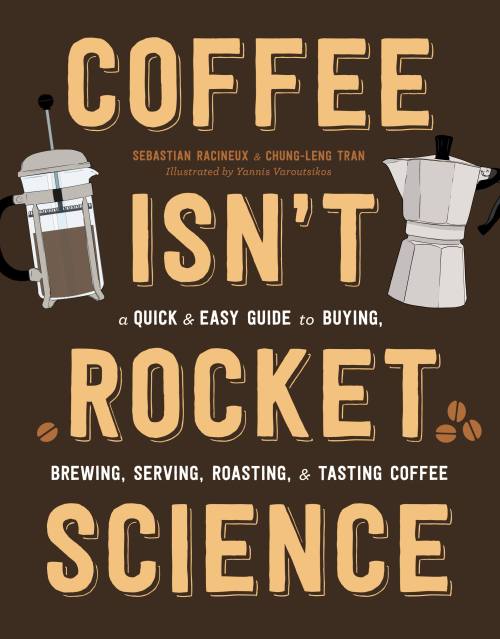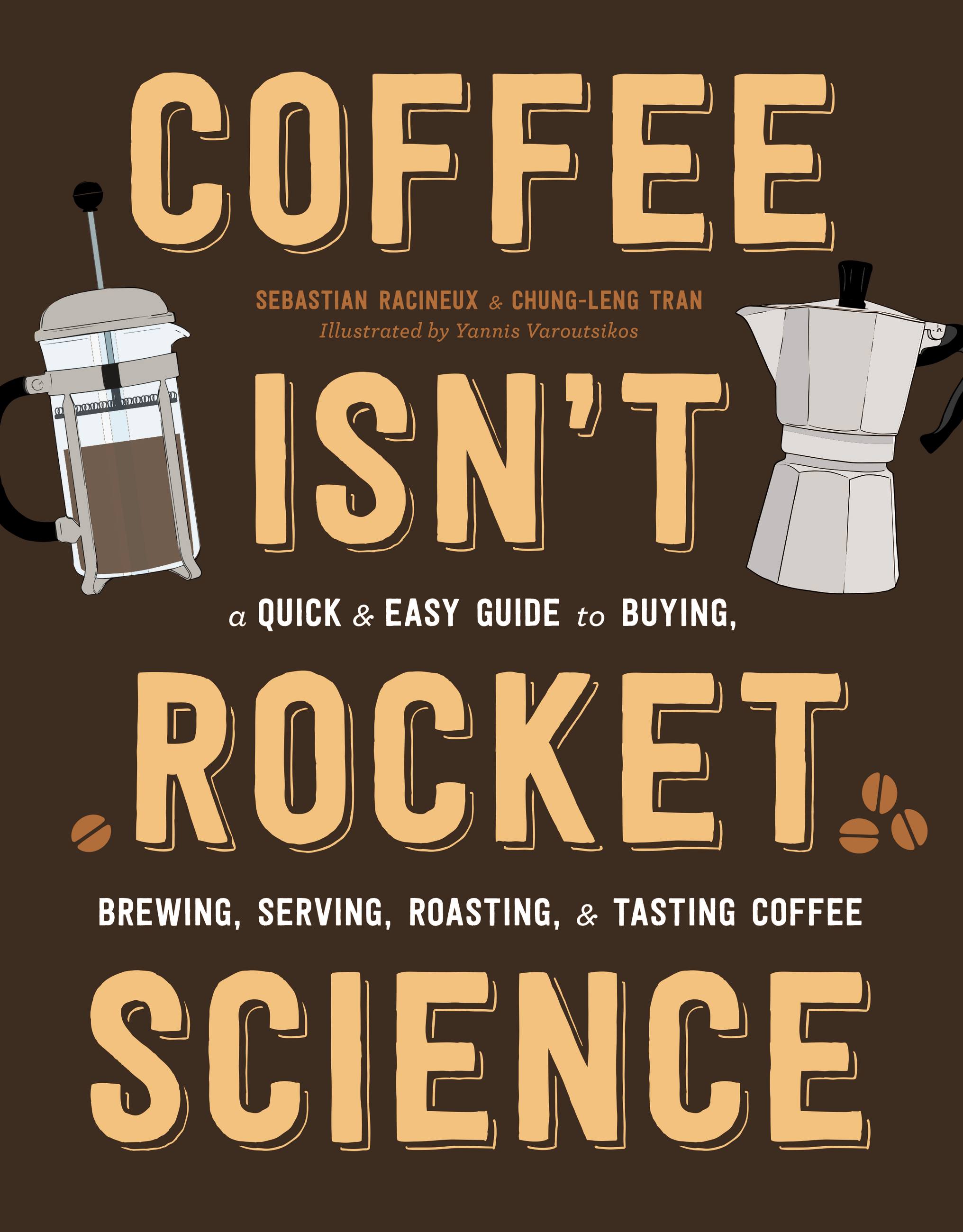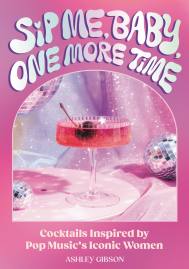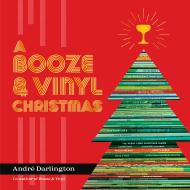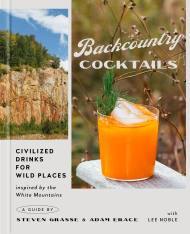Promotion
Use code MOM24 for 20% off site wide + free shipping over $45
Coffee Isn't Rocket Science
A Quick and Easy Guide to Buying, Brewing, Serving, Roasting, and Tasting Coffee
Contributors
By Chung-Leng Tran
Illustrated by Yannis Varoutsikos
Formats and Prices
Price
$9.99Price
$12.99 CADFormat
Format:
ebook $9.99 $12.99 CADThis item is a preorder. Your payment method will be charged immediately, and the product is expected to ship on or around April 3, 2018. This date is subject to change due to shipping delays beyond our control.
Also available from:
Rocket science is complicated, coffee doesn’t have to be! With information presented in an easy, illustrated style, and chock-full of the fool-proof and reliable knowledge of a seasoned barista, Coffee Isn’t Rocket Science is the guide you always wished existed. From how coffee beans are grown, harvested and turned into coffee, the history and flavor profiles of beans from every country, making pour-overs, cold brew, and latte art, and the cultural practices of drinking coffee around the world, this book explains it all in the simplest way possible. All information is illustrated in charming and informative four-color drawings that explain concepts at a glance.
Genre:
-
"Coffee may not be rocket science, but despite the title, even a quick spin through this highly detailed volume suggests it might come close.... A coffee lover is sure to find plenty that's useful in this illustrated book, which is mostly about making the beverage properly."The New York Times
- On Sale
- Apr 3, 2018
- Page Count
- 192 pages
- Publisher
- Black Dog & Leventhal
- ISBN-13
- 9780316439565
Newsletter Signup
By clicking ‘Sign Up,’ I acknowledge that I have read and agree to Hachette Book Group’s Privacy Policy and Terms of Use
